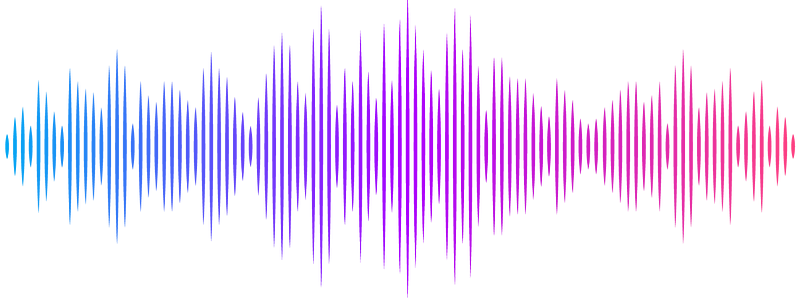White matter geometry confounds Diffusion Tensor Imaging Along Perivascular Space (DTI-ALPS) measures

White matter geometry confounds Diffusion Tensor Imaging Along Perivascular Space (DTI-ALPS) measures
Schilling, K.; Newton, A. T.; Tax, C. M.; Nilsson, M.; Chamberland, M.; Anderson, A. W.; Landman, B. A.; Descoteaux, M.
AbstractIntroduction: The perivascular space (PVS) is integral to glymphatic function, facilitating fluid exchange and waste clearance in the brain. Diffusion Tensor Imaging Along the Perivascular Space (DTI-ALPS) has been proposed as a non-invasive marker of perivascular diffusion, yet its specificity remains unclear. ALPS measures assume that radial asymmetry in white matter diffusivity predominantly reflects PVS contributions. However, anatomical and microstructural confounds may influence these metrics. Methods: We systematically evaluated potential biases in ALPS-derived measures using high-resolution, multi-shell diffusion MRI from the Human Connectome Project (HCP) and high-field imaging. Specifically, we examined (1) the prevalence of radial asymmetry across white matter, (2) the influence of crossing fibers on ALPS indices, (3) the impact of axonal undulations and dispersion, and (4) the spatial alignment of vasculature with white matter in ALPS-associated regions. Results: Radial asymmetry is widespread across white matter and persists even at high b-values, suggesting a dominant contribution from axonal geometry rather than faster PVS-specific diffusion. Crossing fibers significantly inflate ALPS indices, with greater radial asymmetry observed in regions with a greater prevalence of crossing fibers. Furthermore, anisotropic axonal dispersion and undulations introduce systematic asymmetry independent of perivascular diffusion. Finally, high-resolution vascular imaging reveals substantial heterogeneity in medullary vein orientation, challenging the assumption that PVS consistently aligns with the left-right axis in ALPS regions. Conclusion: ALPS indices are significantly influenced by white matter microstructure, including fiber crossings, undulations, and dispersion. These findings suggest that ALPS-derived metrics may not provide a direct measure of glymphatic function but rather reflect underlying axonal geometry. Interpretations of ALPS-derived metrics as biomarkers of glymphatic function must consider these anatomical complexities, and future studies should integrate advanced modeling approaches to disentangle perivascular contributions from white matter structure.